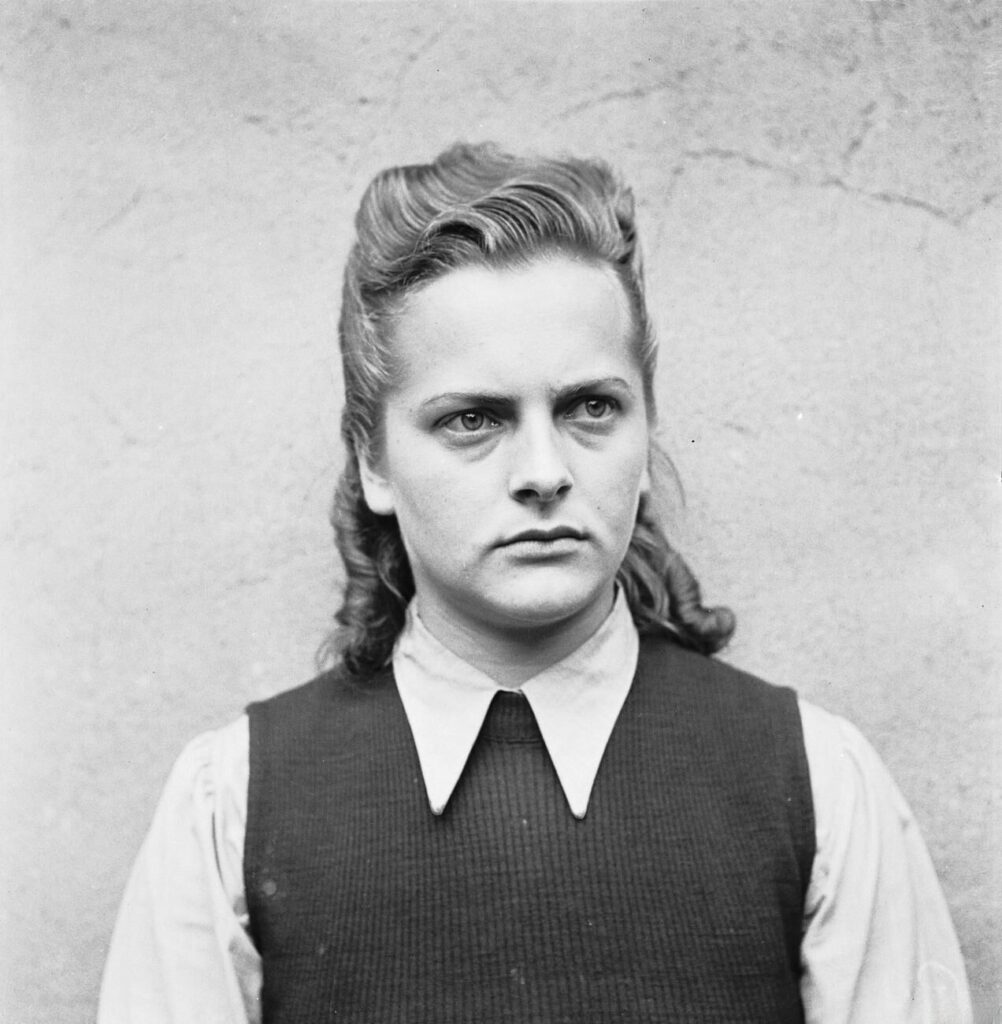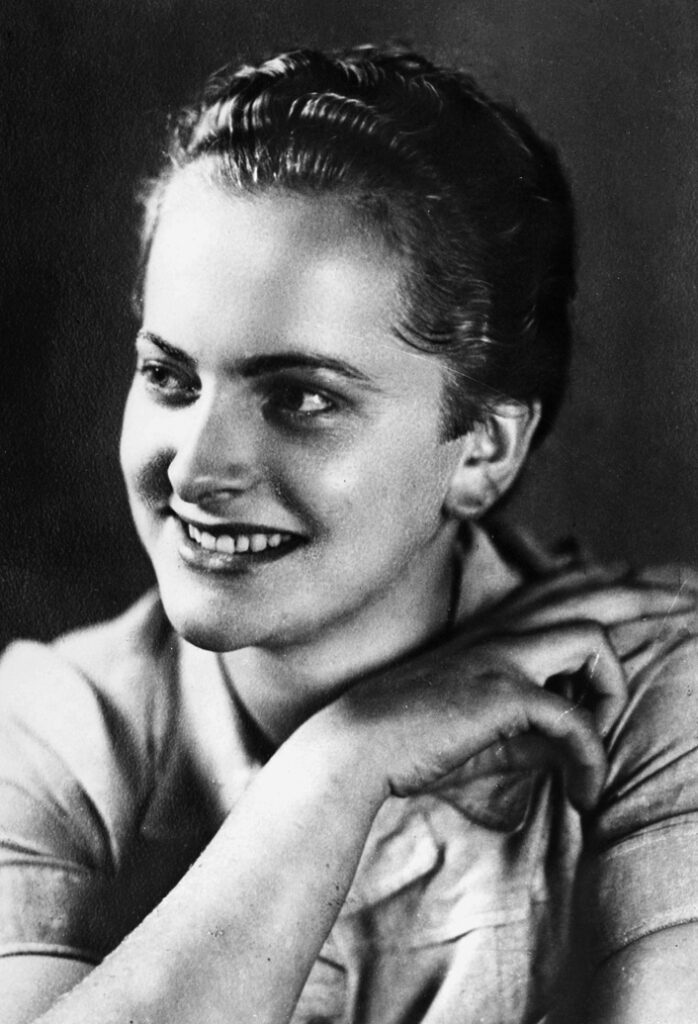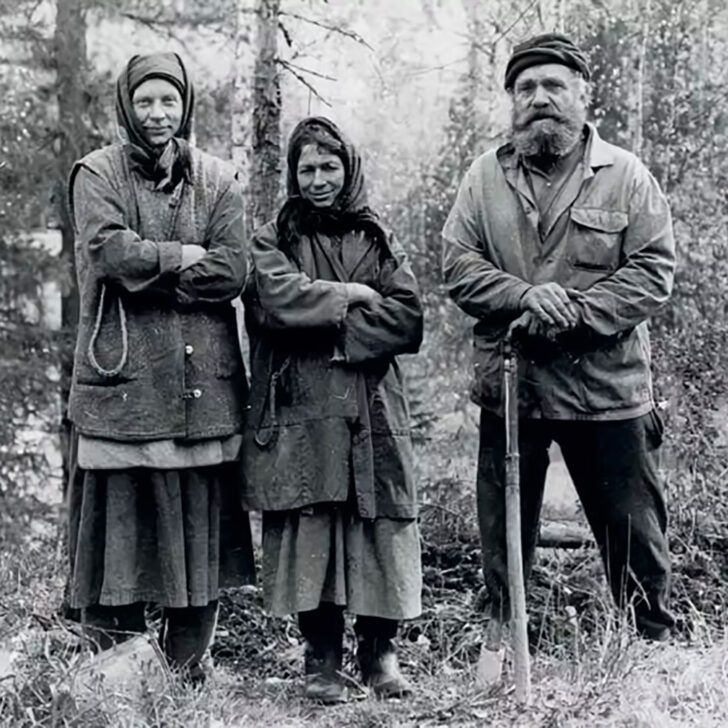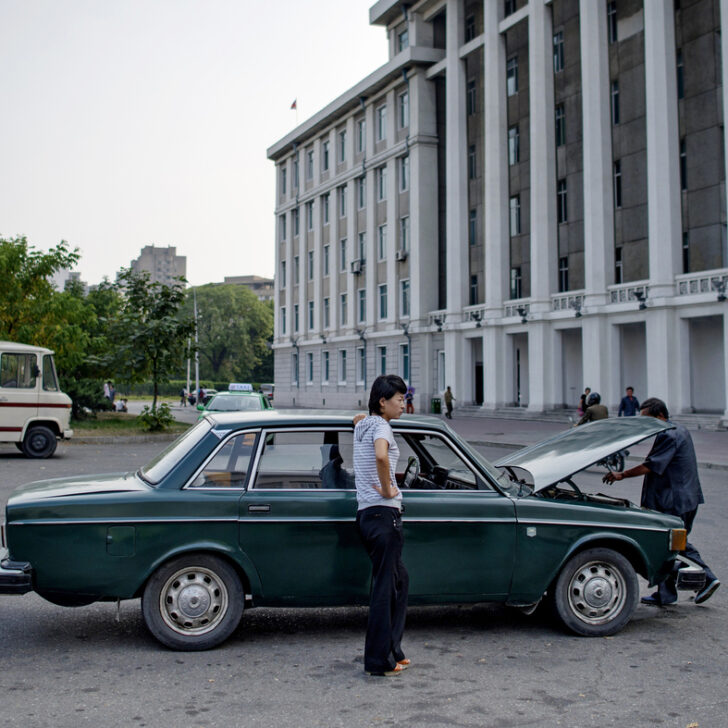At the age of 22, Irma Grese was barely an adult when she was led from her prison cell to be executed.
She was a beautiful woman with honey-blond curls and sweet blue eyes, and her attractiveness made her appear deceptively innocent. Underneath the beauty and the youth, something sinister lurked.


Far from her origins as the daughter of dairy workers, Irma Grese would spend the last few years of her life rising through the ranks of the all-female SS-Gefolge, eventually becoming the second highest-ranking female Aufseherin, or overseer, at Auschwitz.
Did Irma Grese simply become entangled in the nearly-unstoppable rise of Nazi Germany, or was she as cruel and sadistic as the legend suggests?
Let’s look a little deeper into the life and death of Irma Grese, the “Hyena of Auschwitz”.
Irma Grese: History’s Youngest Female War Criminal
Before Irma became the Hyena, she was the middle child of five children. She was born Irmgard Ilse Ida Crese in Wrechen, Germany, to Berta and Alfred Grese in 1923.
Irma spent the first 12 years of her life being a shy, passive child, avoiding confrontation when possible. Her sisters would recall at her trial that she was bullied at school and rarely, if ever, fought back.
The Grese family were dairy farmers and Irma’s early childhood seemed to be unremarkable. It’s not clear how close she was to her parents or siblings, but one shocking loss she experienced at 12 would undoubtedly play a massive role in her change from a shy girl to a cruel woman.
The Loss Of Berta Grese
Details are sparse about what happened to Irma’s mother, but the few facts that we do have are horrifying.
In 1936, Berta Grese discovered that her husband Alfred was having an affair. Her husband was sleeping with the daughter of a local pub owner, and this revelation shook the mother of five to her core.
Unable to deal with the shame and heartache of this affair, Berta would commit suicide by drinking hydrochloric acid.
According to the Centers for Disease Control, drinking hydrochloric acid would lead to a painful death by causing severe irreversible injury to the mouth, throat, esophagus, and stomach.
Irma was only 12 when her mother died, and Berta’s death surely wrecked the five children she left behind. Two years later, Irma would quit attending school and enter the workforce.
Before Auschwitz
After Berta’s death, Irma Grese would bounce between jobs, seemingly untethered and unsure of what to do with herself.
By 1938, Irma had left her education and her family home behind and taken a job at the Fürstenberg dairy factory at only 14 years old. She would work at the factory for little less than a year.
Irma then worked for some time as a shopgirl before taking a job as an assistant nurse at the psychiatric hospital Hohenlychen Sanatorium.
Despite making the attempt, Irma wasn’t able to rise to the rank of nurse and left the hospital to find employment elsewhere.
Irma was seeking purpose in her life, and she would find it in working at one of the evilest places in the world–the all-women’s concentration camp, Ravensbrück.
Like a moth to a flame, the unsettled Irma would volunteer at Ravensbrück and never look back. She was 18 at the time.
The Swift Rise Of Irma Grese Within The Nazi SS Ranks
Despite Alfred Grese’s affair, or maybe because of the guilt losing his wife brought upon him, he vehemently opposed any of his daughters joining the female version of the Hitler Youth, the League of German Girls.
Alfred had joined the Nazi party himself but refused to let his daughters become as involved as they desired.

Unfortunately for Alfred, Irma had been out from under his roof for years when she took her first official position with the Nazis. In 1940, on the advice of coworkers from the psychiatric hospital, Irma attempted to volunteer at Ravensbrück.
She was turned away at first for being too young and given a job at yet another dairy farm. Still, she was given a nugget of hope–the staff at Ravensbrück said that when she was 18, she was welcome to try again.
The Nazi war machine was operating at its full capacity when Irma returned, and she was given a job as an Aufseherin, or overseer, making her a guard for the all-women’s concentration camp.
The training for the position was rigorous, but Irma persevered. Through her training, her cruel and sadistic nature began to rise to the surface.
Irma and her counterparts were taught what it meant to be an overseer for Ravensbrück. During its years of operation, from 1939 to 1945, over 130,000 women and children would pass through its gates.
There, the prisoners would be subjected to forced labor, medical experiments, and being made to work in brothels meant for Nazi officers.
The female guards in training were taught to be exceptionally cruel, armed with whips, and sometimes attack dogs at their sides.
Irma Grese excelled at these tortures, and she quickly rose from volunteer to official Aufseherin. Soon, she was proficient enough to move on. In 1943, she was transferred from Ravensbrück to Auschwitz-Birkenau.
Auschwitz-Birkenau
Imra arrived at Auschwitz-Birkenau just as construction on the crematoriums on site was being completed.
These crematoriums would be a necessary, nightmarish part of one of her next assignments–choosing which prisoners would be sent to the gas chambers.
Of course, Irma Grese was far from the only Nazi that had to make those decisions, but Irma’s choices were all the more terrible because they, at times, seemed completely arbitrary.
It was at Auschwitz-Birkenau she would gain notoriety as one of the most brutal female overseers in the entire regime. She had grown from an unsure teenager into a beautiful woman, and this beauty made her even more intimidating for the prisoners forced to labor under her command.
Irma’s uniforms were immaculately tailored and pressed, her dark blond hair was always perfectly styled under her hat, and she was known for wearing expensive, luxury perfumes that stood in stark contrast to the filth and suffering around her.
She traded her normal whip for one of braided leather and continued to use her trained dogs to strike fear into the prisoners. Grease was even known to pull her pistol and shoot prisoners who defined or even just annoyed her in any way.

Soon enough, she was promoted again–to Oberaufseherin. This position was the second highest possible for a female overseer. Imra would receive her promotion in 1944, but little did she know, her personal reign of terror, along with Nazi Germany as a whole, was about to come to an end.
The Arrest And Execution Of Irma Grese
By January 1945, Auschwitz was only days away from being liberated. Irma and a number of other male and female guards were loaded onto a transport train along with hundreds of prisoners and sent north.
She would work for a short time at Ravensbrück again before being assigned to her final death camp–Bergen-Belsen.
The writing was on the wall for Irma Grese and the other Nazis at the camp–the war was nearly done, and they were to be on the losing side.
Still, accounts from Bergen-Belsen survivors paint Irma as just as cruel and heartless as ever. Where they had called her the Hyena in Auschwitz, a new name began to float around for Irma in Bergen-Belsen–” The Beast of Belsen”.
Her time there was short, though. By March, the British had arrived to liberate Bergen-Belsen. Some guards ran, but not Irma Grese. She fought back, but it was pointless. They had been defeated, and the prisoners of Bergen-Belsen were free.
The British soldiers forced Irma and some of the other women to bury the dead before they were officially captured. On April 17, 1945, Irma Grese, the Hyena of Auschwitz, was finally arrested.
There was no long wait for trial. She would be charged for her crimes of torture and murder at Bergen-Belsen in June, not long after her arrest.
Irma wasn’t accused of these crimes alone–she and forty-three other Bergen-Belsen employees would be tried at the same time alongside the commandant of the Bergen-Belsen concentration camp, Josef Kramer.
Sixteen of the female overseers from Bergen-Belsen would be charged, all of them with similar crimes, but only three would receive the ultimate punishment–execution. Irma Grese was one of those three.
On December 13, 1945, the three convicted Aufseherin would be executed. The method of execution would be long-drop hanging, and Irma Grese would be the second to hang.
Her final words, uttered to the executioner as the hood to hide her face was placed over her head, were short. She told the executioner “quickly”, and within seconds, her wish was granted.
Irma Grese’s time of death would be 10:03 am, ending the ghoulish life of the woman who would be known throughout history not by her true name but the ones given to her based on her animalistic cruelty–the Beast of Belsen, or the Hyena of Auschwitz.
Sources
http://www.bergenbelsen.co.uk/pages/Staff/Staff.asp?CampStaffID=53
https://wwwn.cdc.gov/TSP/MMG/MMGDetails.aspx?mmgid=758&toxid=147
https://warfarehistorynetwork.com/article/irma-grese-the-blonde-beast-of-birkenau-and-belsen













Leave a comment